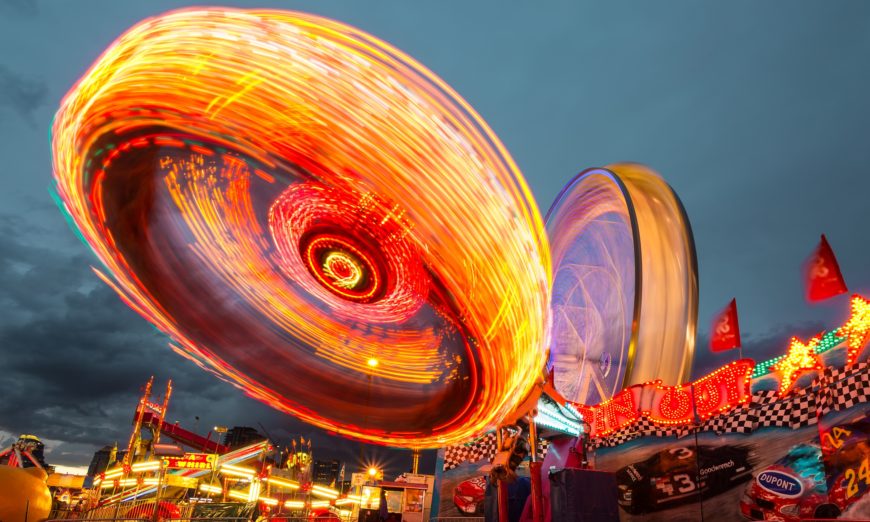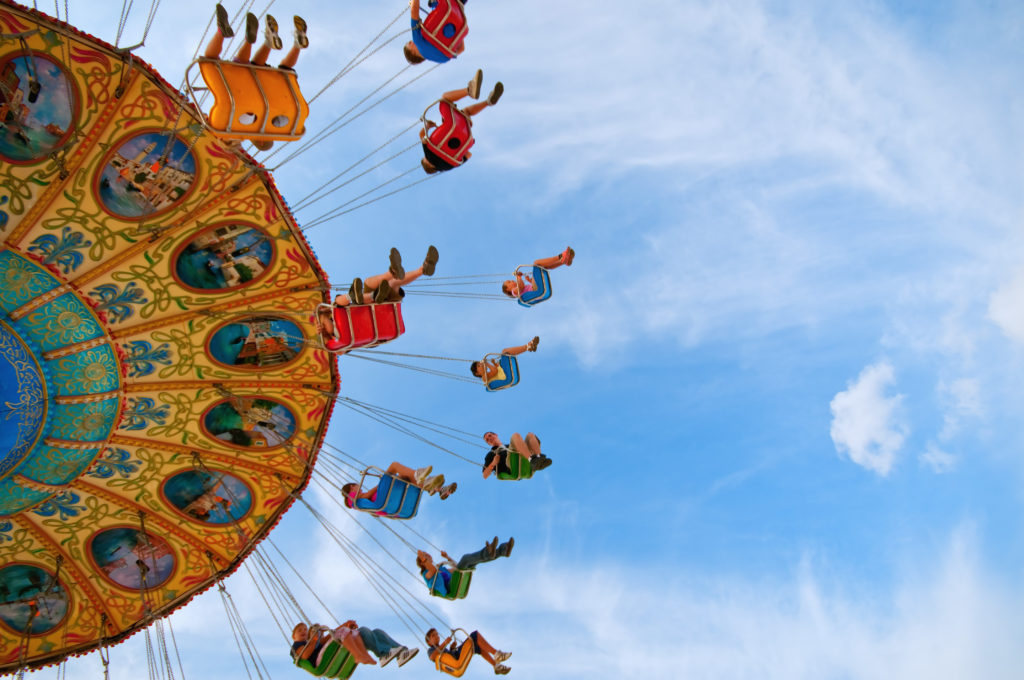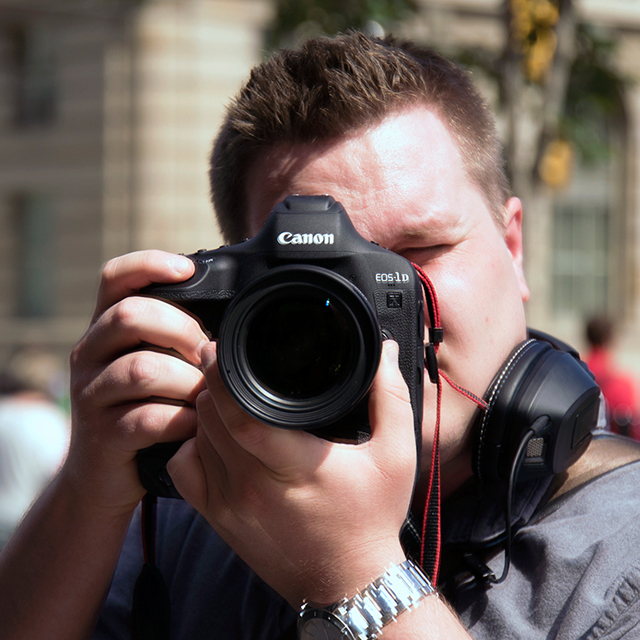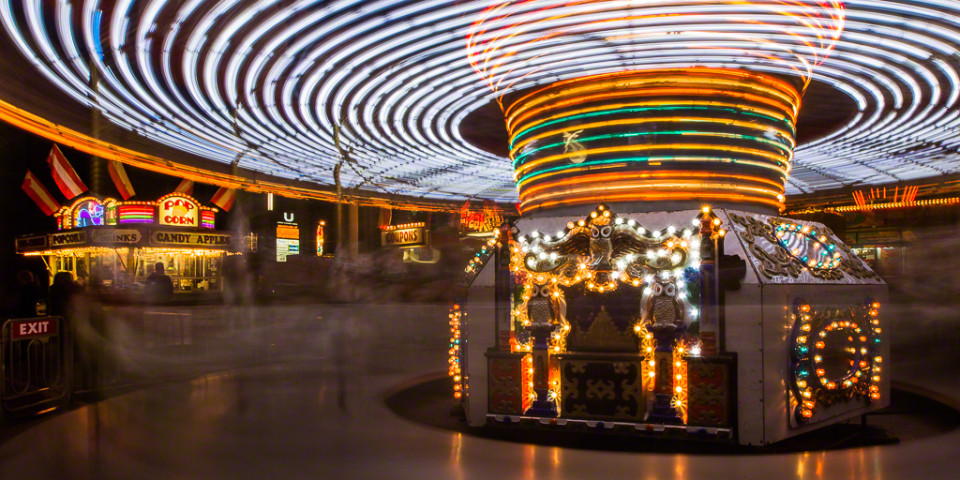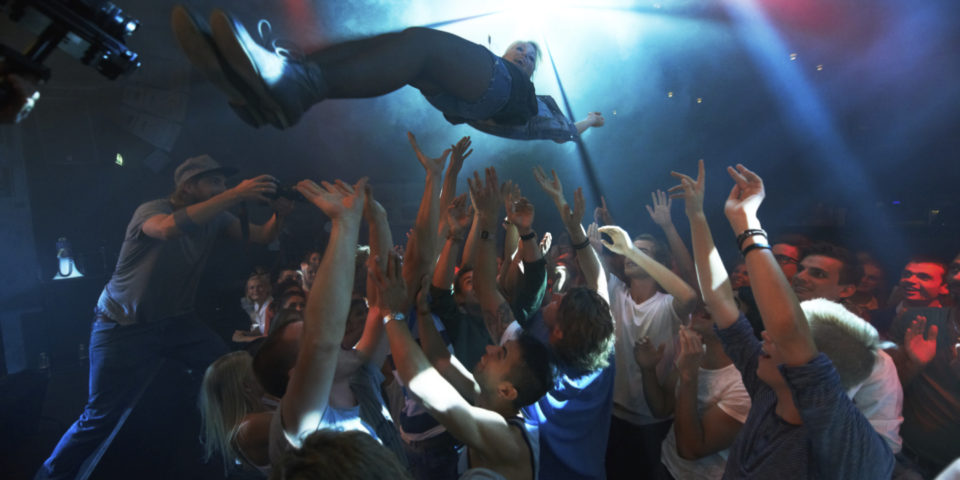With the CNE coming up, there will be more photos than ever, shared over social media from the venue. The biggest problem we face with fair photos? Too many of them are often Snapchat selfies, or simply shot strictly with a smartphone.
As convenient as smartphones may be, they still pale in comparison to cameras and continue to struggle with low-light performance and a lack of optical zoom.
If you plan to attend any fairs that are approaching and wish to make the best of your visit and capture the best images possible, look no further. In this article you will find some of the easiest types of shots to capture and the best way to do so.
One of the most common things to photograph at the fair is the decadent food. You can almost always expect to see some sort of overindulgent carnival inspired concoction or massive serving sizes and want to exhibit it in our posts to our friends through social. But how do you get a great food photo, while at the fair?
- Avoid direct sunlight. Wait for the sun to go behind the clouds, or find a tent or form of shelter that will block or defuse the harsh sunlight that will likely over expose your food, or create harsh shadows.
- Look for an interesting or neutral background. Find a wooden table or wall, or a white or grey surface to place the food in front of.
- Use a wide aperture. Ideally, you should try to use as wide an aperture as possible. Preferably below f/2.8, as this will help soften the background behind the subject, making the background less busy and distracting.
A great camera to take to the fair is the DMC-ZS60. It’s relatively small and lightweight body make it easy to carry around in your pocket or purse. It also has a wide enough aperture to get the look you want out of a camera of it’s size, as well as built-in wi-fi which allows you to transfer images from your camera to your phone with ease so you can upload to them to social media and share your images with the world!
The second most photographed subject matter is the rides. Rides can be approached using two different methods.
First is freezing the action, capturing a moment.
Open the lens up to allow for the fastest possible shutter speed in the specific situation. Often you would like to have a minimum shutter speed of approximately 1/250 and higher. This will completely freeze the action and motion in the moment.
- This is ideal for capturing images of somebody on a ride, or their facial expression when they win a prize.
- These will capture specific moments and freeze that in a single image you will be able to hold on to.
The second approach is to slow things down.
- Using a slower shutter speed can give multiple different, but still powerful effects.
- This includes using a slow shutter speed to create blur in the background of an image to give a sense of depth and speed, to show the person or object is moving at a fast rate of speed.
- This can also be used to capture the lights at night, or capture the motion of a ride to give a slightly abstract look to the image.
- Depending which reason you have for using a slower shutter speed, it will offer the viewer a perspective and a “feeling” for what the atmosphere was like.
In order to effectively capture these types of images, it is suggested you get a tripod and a preferably a DSLR like the Nikon D7500. This will give you the ability to try out different lenses and give you more control over the camera to better achieve the look you want!
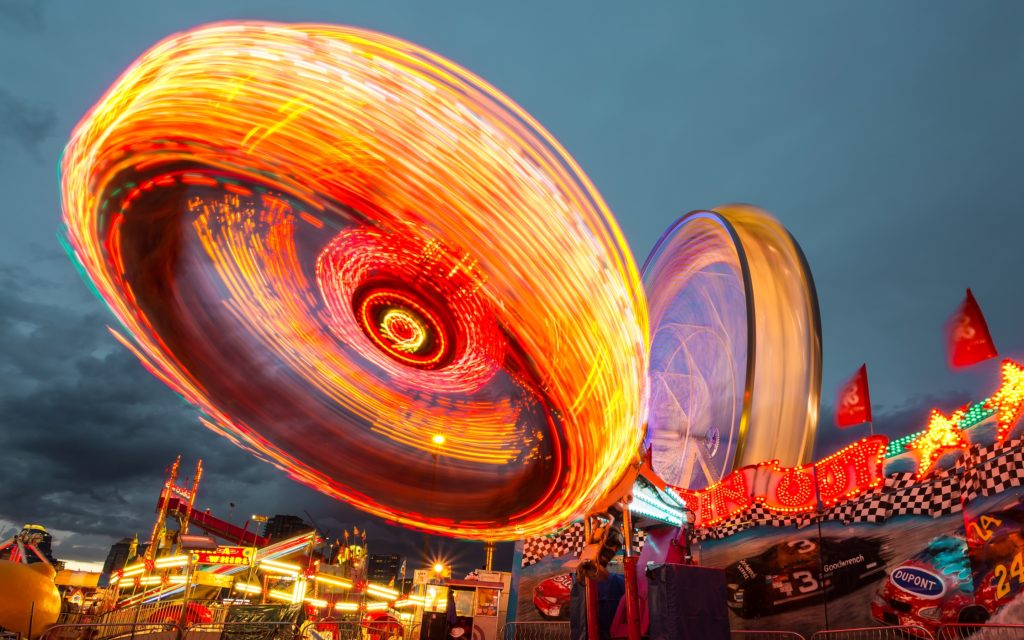
- A great way to take a selfie is to use a small camera that is not too heavy to hold out at arms length, but still offers a wide aperture.
- Using a wide aperture will still allow us to use fast enough shutter speeds once the sun goes down, but will also offer a certain amount of bokeh
- The booked created by a wide aperture lens will cause the lights and reflections in the background of an image to become “orbs” and give a creative look to the background of the image.
- A wider aperture will also help blur and “hide” the scenery behind you leaving a sense of mystery for the viewer to imagine, but also leave them curious as to what is there and can create some conversation.
No matter what type of images you are trying to capture, next time you go out to the fair, try bringing along your camera instead of relying on your phone and test your creativity and improve your skill level. You will immediately notice a difference in the images you create and I promise you will not be disappointed if you are willing to more time and thought into capturing your shots!
Cheers
